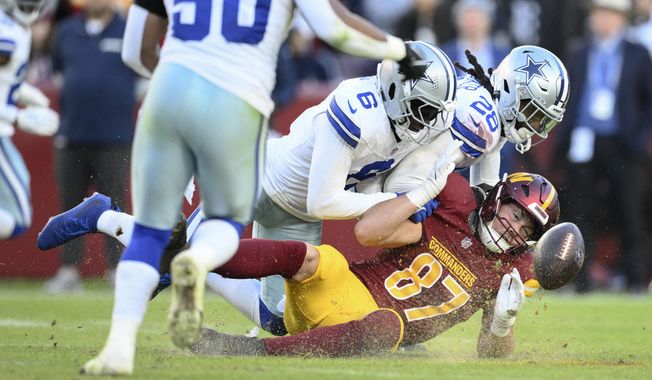
In this Wednesday, April 12, 2017, photo, the skeletal remains of immigrant who died along the U.S-Mexico border sits at the Forensic Anthropology Center at Texas State, in San Marcos, Texas, where efforts are being made to discover the person identity. Forensic investigators and advocacy groups said efforts to identify the remains of immigrants found along the Texas-Mexico border remain slow because DNA comparisons aren’t being made with a large pool of potential family members. DNA extracted from immigrants’ remains in Texas ends up in an FBI database (AP Photo/Eric Gay)
Featured Photo Galleries


Trump Transition: Here are the people Trump has picked for key positions so far
President-elect Donald Trump has announced a flurry of picks for his incoming administration. Get full coverage of the Trump transition from The Washingon Times.

Trump dances onstage, takes post-election nation by storm
President-elect Trump dances onstage











